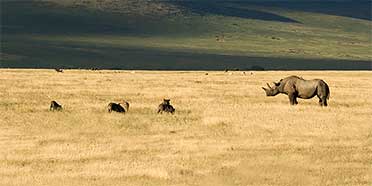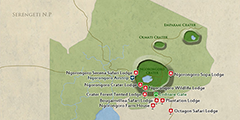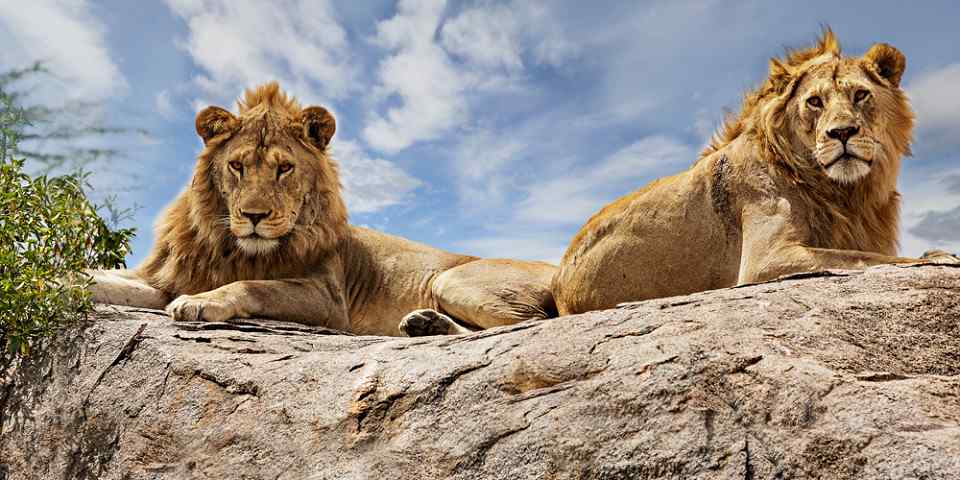
Safari Tours to Ngorongoro Crater
-
![11-Day Tanzania Safari with Zanzibar Beach Break]()
11-Day Tanzania Safari with Zanzibar Beach Break
$9,199 to $12,299 pp (USD)
Tanzania: Private tour
Mid-range Lodge & Tented CampYou Visit: Arusha (Start), Tarangire NP, Lake Manyara NP, Ngorongoro Crater, Serengeti NP, Zanzibar (End)

Wayfairer Travel
4.8/5 – 184 Reviews
-
![8-Day Great Migration Safari]()
8-Day Great Migration Safari
$3,135 pp (USD)
Tanzania: Private tour
Mid-range Lodge & Tented CampYou Visit: Arusha (Start), Tarangire NP, Central Serengeti NP, Northern Serengeti NP, Serengeti NP, Ngorongoro Crater, Foothills of Mt Kilimanjaro, Arusha (End)

Safari Soles
5.0/5 – 340 Reviews
-
![10-Day Serengeti, Ngorongoro and Zanzibar Beach Adventure]()
10-Day Serengeti, Ngorongoro and Zanzibar Beach Adventure
$2,642 to $2,853 pp (USD)
Tanzania: Private tour
Mid-range Lodge & Tented CampYou Visit: Moshi (Start), Karatu District, Serengeti NP, Ngorongoro Crater, Zanzibar (Tanzania Beaches), Zanzibar Airport (Zanzibar), Arusha (End)

Serengeti Smile
5.0/5 – 581 Reviews

 Tanzania Parks
Tanzania Parks











